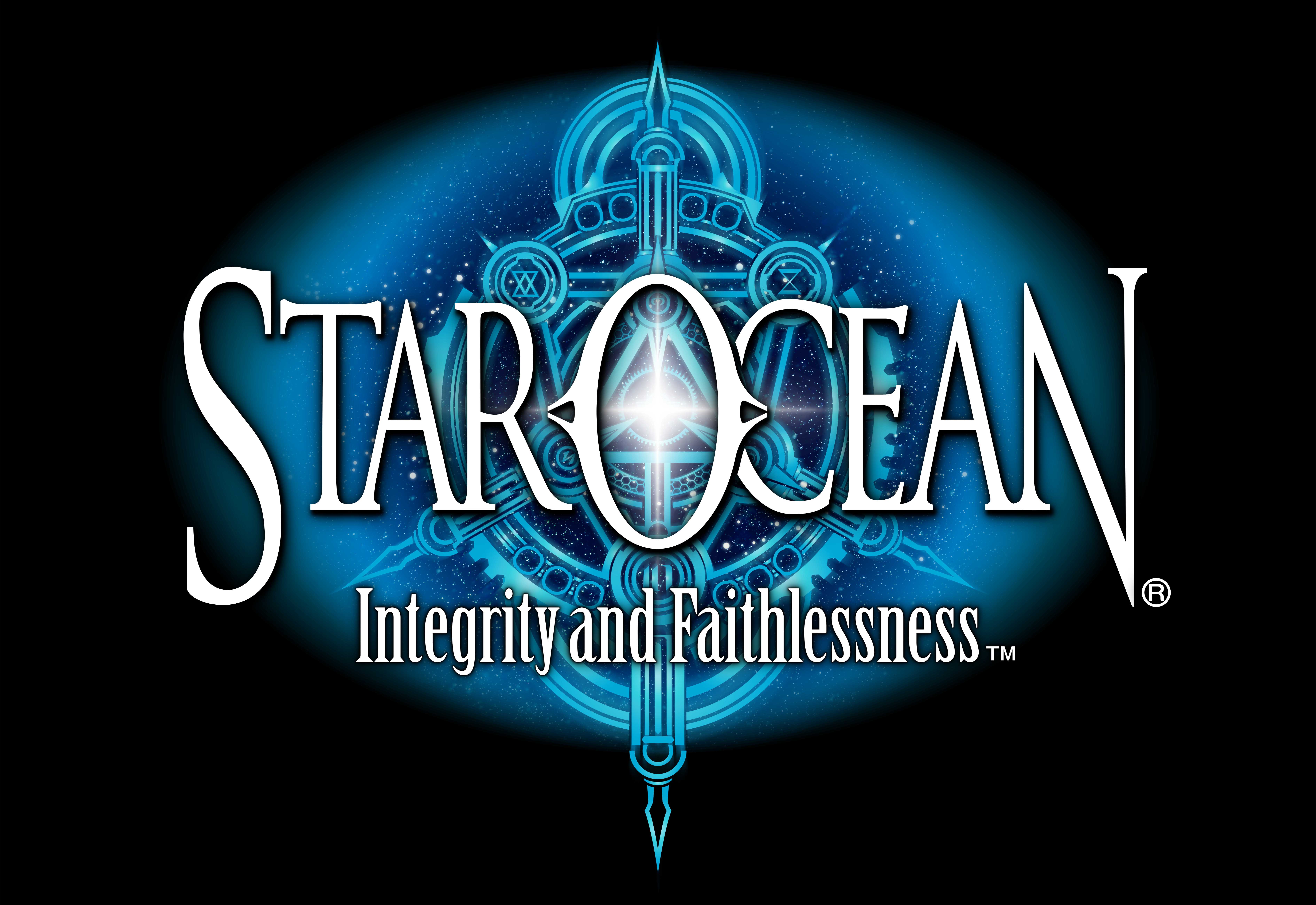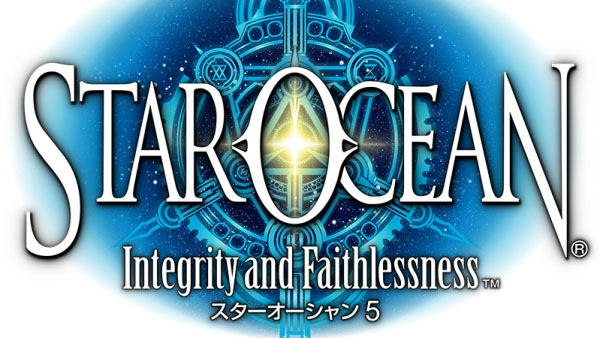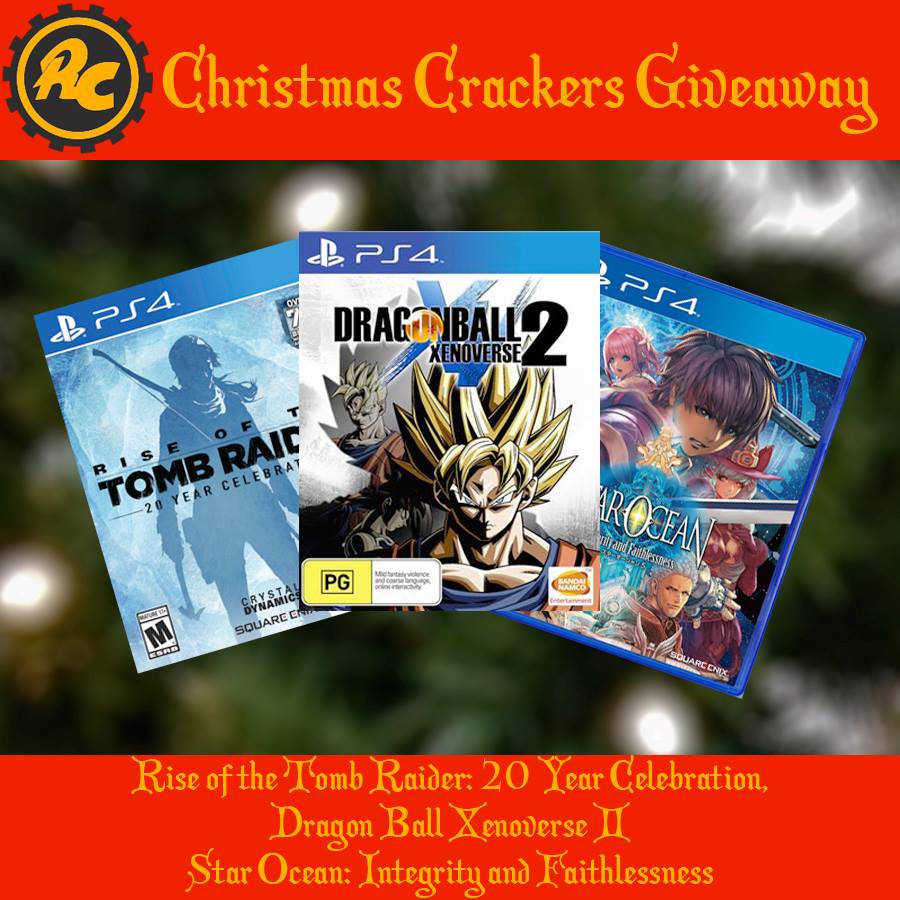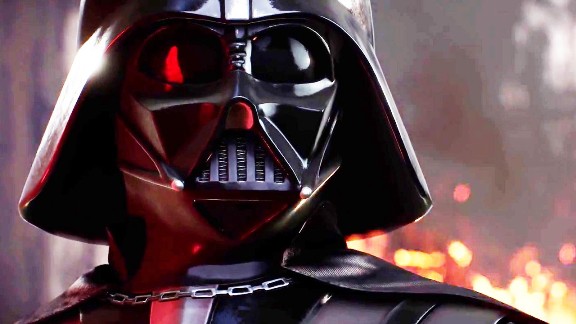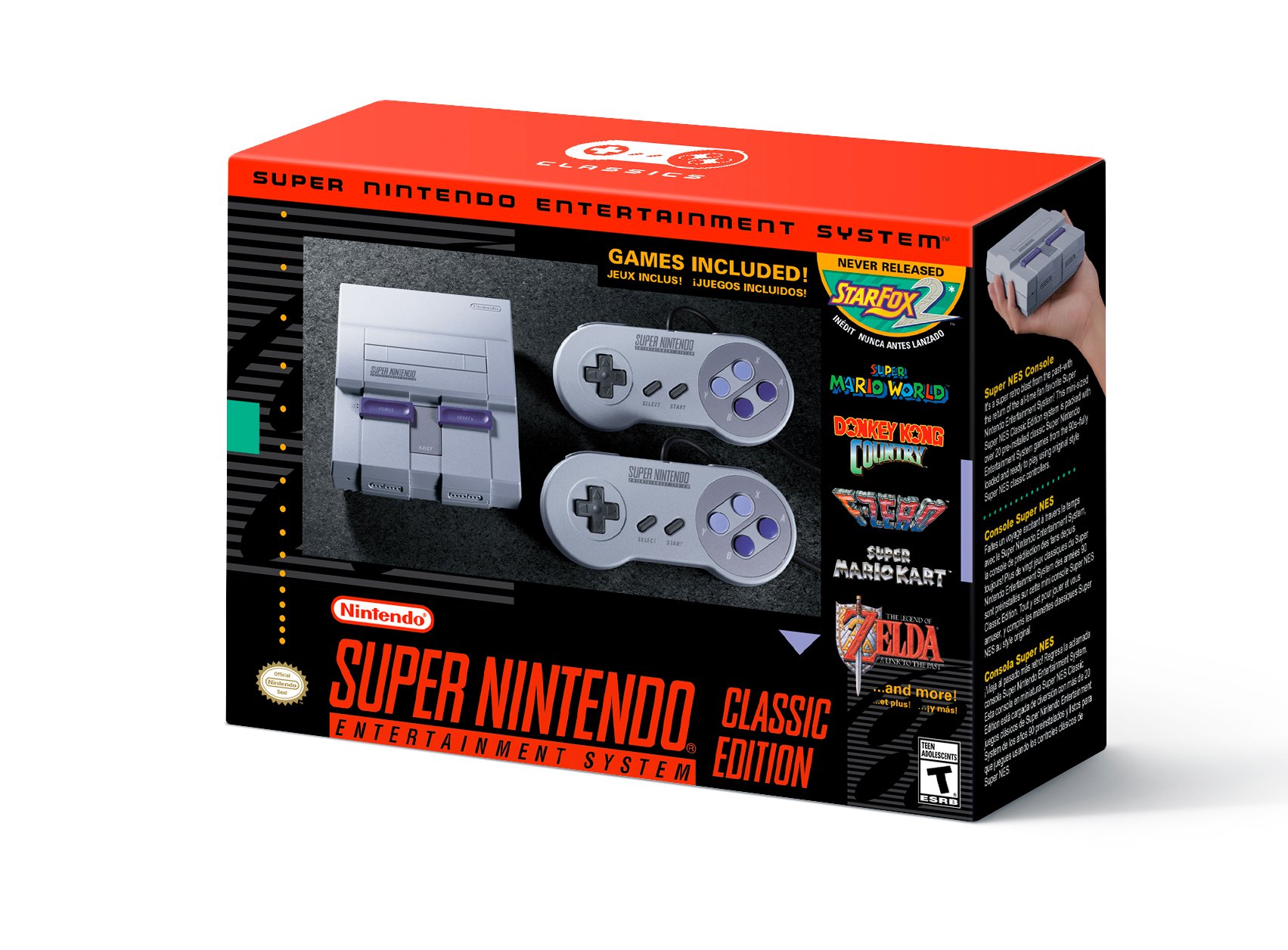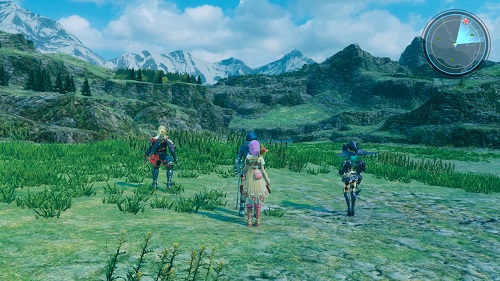
Star Ocean is a series that has been around for decades, but has never quite hit the level of success Final Fantasy or Dragon Quest. Due to this it’s been a long time between drinks for fans of the Action-RPG series that began on the Super Nintendo. Many fans, myself included, had given up hope of seeing a new Star Ocean game, and when Star Ocean: Integrity and Faithlessness was announced it was a pleasant surprise. After Star Ocean IV, which was poorly received and is considered a fall from grace, the pressure is on for Tri-Ace to bounce back and bring the series back to the limelight. Star Ocean: Integrity and Faithlessness definitely is an improvement, but is hampered by cross generation nature and a limited budget.
Star Ocean: Integrity and Faithlessness follows a young swordsman, Fidel, who has been entrusted with the protection of his home village. Early on, the village is attacked by bandits, which Fidel and the village repel while suffering many injuries and losses. Expecting further attacks, and realising the village won’t be able to hold out against the repeated raids, Fidel sets out to the Capital to request reinforcements to help protect the village. So begins the journey of the small fish entering the big pond, as Fidel quickly learns that the rest of the Kingdom isn’t faring much better due to a large scale war against a neighbouring Kingdom. Effectively, Fidel is an extension of the player, experiencing things for the first time and learning how this world really works. The early story keeps new beats and elements coming in with regularity, like brand new characters and their personal stories, as well as the slow introduction of different sci-fi elements. Unfortunately, it’s a pace that isn’t kept up, with the story ultimately falling flat and not maintaining the promising start.
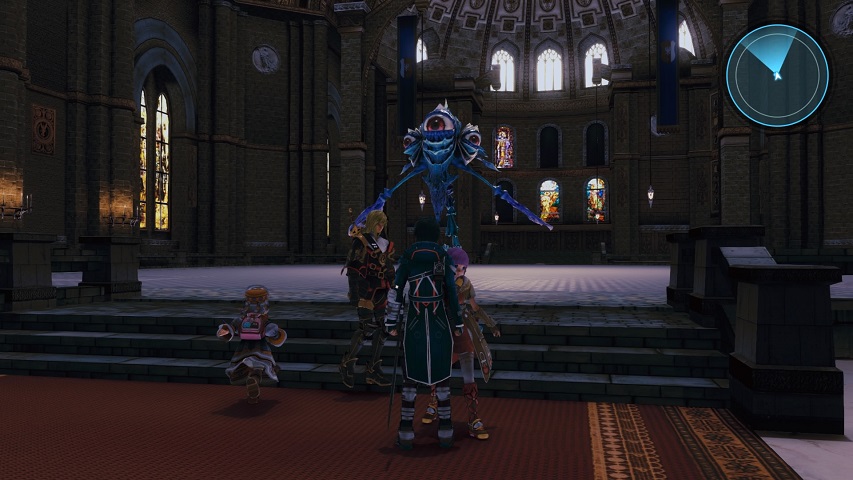
As you progress through the early story, the game takes moments to pause at the start of a battle and introduce new combat mechanics to you, gradually unveiling its intricacies. It’s not tied to any story beats, which seems like a missed opportunity when using a young protagonist who is growing with the story. Instead static images and written explanations of mechanics are shown to you before specific battles, with no enforced tutorial or confirmation step to ensure that you understand them. While forced tutorials can definitely be frustrating for new players, the lack of physical confirmation of your understanding for newer players can be just as frustrating. What results is a system that leads to some initial frustration as you try to learn the correct timings for guards and parries, but ultimately isn’t a big hindrance.
For players unfamiliar with the Star Ocean series, combat plays out similarly to the Tales of series. Combat takes place in a circular battlefield, with your cohort of characters and the enemies all able to freely move around it. You have access to the staples of combat (a quick attack, strong attack, guard and dash), but the battle skills are the real meat of the system. Every character has access to a range of battle skills that they unlock throughout the game by leveling up or finding skill books that can be unleashed during combat. You activate a battle skill by holding down either the light attack or strong attack button, from either short or long range. All up, you can equip up to 4 skills to use at any one time, but you’re never under any pressure to do so. What results is a system that can be as simple or complex as you want it to be, with the ability to customise the combat to your preferred playstyle. Additionally, as you complete attacks, guard against enemies and generally play well you gradually fill a meter on the side of the screen. If you fill a bar within this meter you’re able to unleash an extremely powerful ultimate attack, and I really do mean extremely powerful. However, if you take too many attacks or have your guard broken, the meter will begin to empty and you can end up losing the bars you’ve filled. Additionally, keeping bars filled without using the attacks is incentivised, with filled bars giving bonuses to XP, currency and item drop rates depending on how full it is. What results is not just a system where you need to play well, but where you also need to weigh up the benefits of unleashing this attack if it means you’re going to lose the bonuses.
Ultimately, the combat system is varied and has promise, but it’s let down by one thing: it feels slow and clunky. While Fidel uses a fairly standard sized sword, he swings it in a pretty slow and deliberate manner. It feels like the developers were going for a system that plays similar to Tales, but with a more similar speed of combat to that of the Souls series. The overall speed feels out of place compared to the other flashier mechanics and consequently hampered the overall experience with combat.
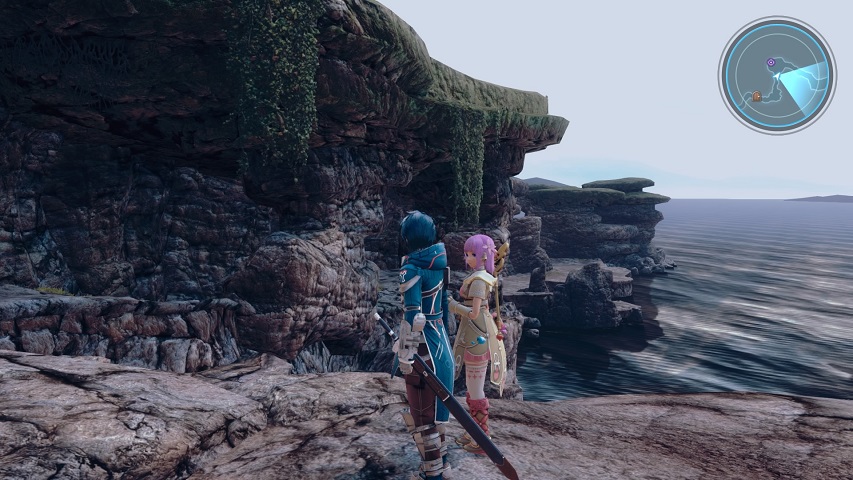
Over the past year I’ve reviewed a number of cross-generation titles, including Tales of Zesteria and Atelier Sophie, and I’ve seen that there is a graphical trend between them. Environments typically have relatively rough textures, areas can be pretty small and general effects during combat seem to be pretty lacklustre. This is no different in Star Ocean: Integrity and Faithlessness’s case, except for the size of its environments. Areas tend to be larger than what I’ve seen from previous cross-generation titles, but the textures are generally pretty bland and don’t look good at all. Character models, on the other hand, looks absolutely wonderful. The models are clean, clothes and weapons are detailed, and they’re consistently colourful and lovely to look at. Personally, I’m could believe that the graphics show that Star Ocean: Integrity and Faithlessness was a game developed for the Playstation 3, with a port up to the Playstation 4 being decided on during development to capitalise on the quickly growing userbase.
Overall, Star Ocean: Integrity and Faithlessness is a step up from Star Ocean IV and also a step in the right direction for the series. It seems like it was hampered overall by a potentially limited budget, as well as my inference that it was primarily developed as a Playstation 3 title and ported up, as opposed to using the Playstation 4 as the lead platform. The combat feels slow, but the level of customisation is great and the risk and reward Ultimate Attack system is interesting. The story shows glimpses of brilliance, but ultimately fails to live up to those glimpses. It’s by no means a bad game and is definitely worth a purchase if you’re a fan of the series or want an rpg to play while you wait for Final Fantasy XV.
Large number of skills Character models are excellent
Combat feels slow and clunky Environment textures don't look great up close

